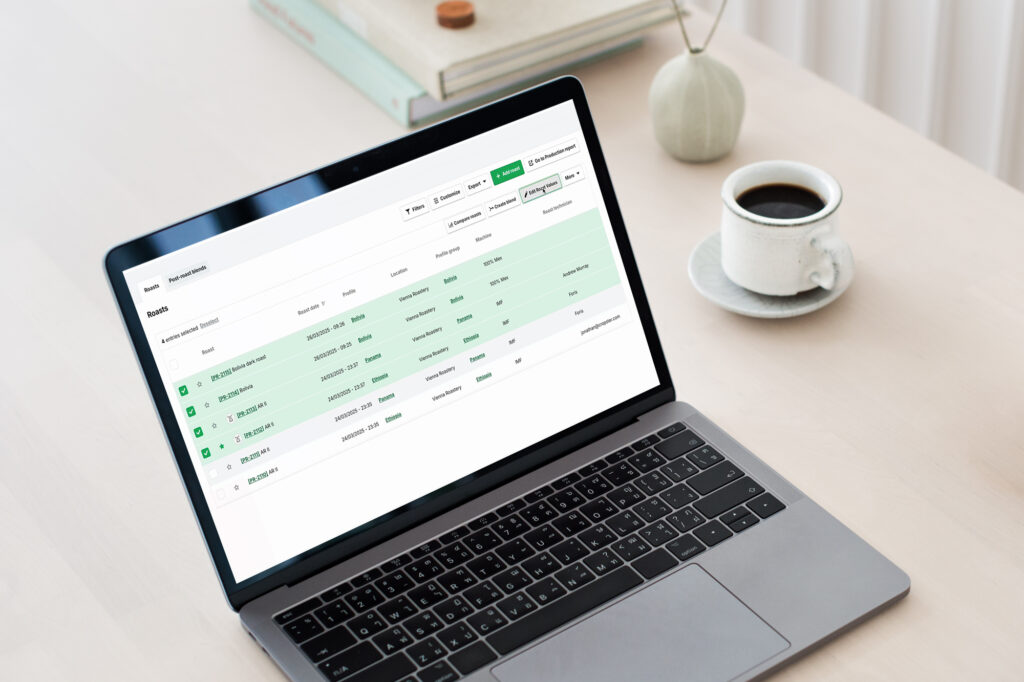As we wrap up 2021, traders and roasters are feeling the pressures of global logistics and shipping disruptions, which will last well into 2022. According to Ally Coffee,
93% of all cargo has been arriving outside of its typical schedule, a number which shows little sign of improving in the very near future given the difficulties still faced by many global ports due to the continuing COVID-19 pandemic. Ports continue to close down due to labor shortages, an issue which stretches into other logistics industry players like truck drivers and warehouse employees. Ports in Los Angeles, Yuan Tian, and Shanghai have been hit particularly hard, with Los Angeles experiencing unload times nearly 17000% longer than the historical average.
https://allyopen.com/blogs/get-inspired/origin-report-the-coffee-year-in-review-2020-21
Shipping costs have increased fivefold most times, exporters struggle to book space on an increasingly limited number of container ships, and at ports in the United States, unload times have increased. Add to this a labor shortage amongst trucking companies, and we have a situation where many in the coffee supply chain face uncertainty.
In this context, it is more important than ever for roasters to have solutions for production management and logistics planning. To successfully navigate these uncertainties, roasters need tools to aid and improve communication internally with their teams and also externally with their suppliers. Roasters need visibility into their green coffee inventories and to know at moments notice what coffees in their inventory are available to roast right now, what coffees they need to plan to release from a warehouse with adequate advanced notice, and which coffees face potential shipping delays. This knowledge will improve your ability to address any potential disruptions ahead of time, and seek alternative solutions if a coffee is going to be late.

Managing Green Coffee in Cropster
Given these uncertainties, knowing where your coffees are located is more important now than ever for everyone in your team.
- Green buyers need real-time position reports to plan upcoming purchases.
- Production managers need to schedule releases.
- Accounting and operations need real-time inventory reports.
In your Cropster Roast account, you can set up multiple green coffee inventory locations for your green coffee so your entire team has real-time visibility into your green inventory, which saves time, reduces errors, and eliminates communication headaches
Is your green coffee sitting in a warehouse? You can set the location as the warehouse. Is your green coffee in-transit from the warehouse to your roastery? Simple. Create a location called in-transit so you know which coffees are on the way. Have your forward booked coffee that’s due to ship next month? A “virtual” location called contracted can help you manage that. Do you need to track inventory at your roasting plant versus an off-site warehouse? No matter where you store and track coffee samples and inventory, you and your team can always know how much coffee you have, lot by lot or in aggregate, and where it’s located.
Cropster’s Location features aid in communication too. With simple location reporting, you can review your green coffee position against importer reports. With the ability to generate green coffee reports and view inventories by coffee lot, and sort green inventories by importer and supplier, and location, you can effectively estimate when you will run low (and run out) of coffee (accounting for your importers’ estimated delivery and lead times). Cropster gives you the tools to more effectively communicate with your supply chain.

Coffee companies have lived through a lot of uncertainty in the past few years, but as an industry, we are incredibly resilient. Cropster can play an important role in simplifying your green coffee planning and forecasting through improved visibility into on-hand and future green coffee inventory and tools to ease communication within your organization and externally with your suppliers.
Book a Training to Learn How To Manage Uncertainty with Cropster




